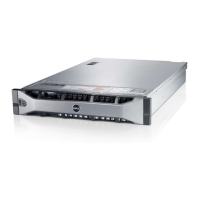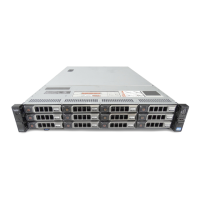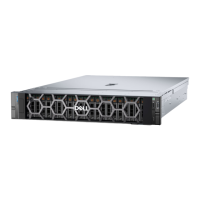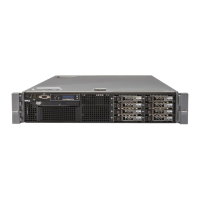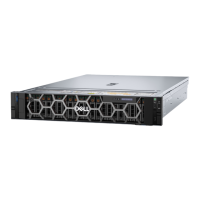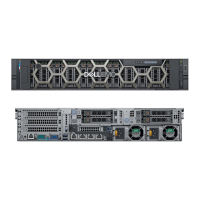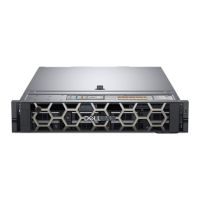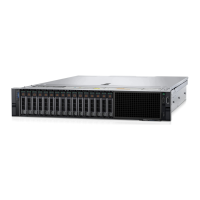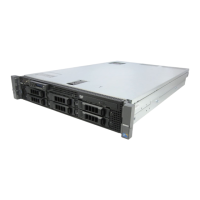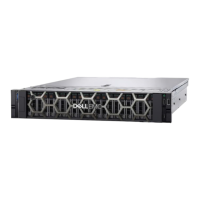Option Description
System Memory
Size
Specifies the memory size in the system.
System Memory
Type
Specifies the type of memory installed in the system.
System Memory
Speed
Specifies the system memory speed.
System Memory
Voltage
Specifies the system memory voltage.
Video Memory Specifies the amount of video memory.
System Memory
Testing
Specifies whether the system memory tests are run during system boot. Options
are Enabled and Disabled. This option is set to Disabled by default.
Memory
Operating Mode
Specifies the memory operating mode. The options available are Optimizer Mode,
Advanced ECC Mode, Mirror Mode, Spare Mode, Spare with Advanced ECC Mode,
Dell Fault Resilient Mode and Dell NUMA Fault Resilient Mode. This option is set
to Optimizer Mode by default.
NOTE: The Memory Operating Mode option can have different default and
available options based on the memory configuration of your system.
NOTE: The Dell Fault Resilient Mode option establishes an area of memory
that is fault resilient. This mode can be used by an operating system that
supports the feature to load critical applications or enables the operating
system kernel to maximize system availability.
Node Interleaving Specifies if Non-Uniform Memory architecture (NUMA) is supported. If this field is
set to Enabled, memory interleaving is supported if a symmetric memory
configuration is installed. If the field is set to Disabled, the system supports NUMA
(asymmetric) memory configurations. This option is set to Disabled by default.
Snoop Mode Specifies the Snoop Mode options. The Snoop Mode options available are Home
Snoop, Early Snoop, and Cluster on Die. This option is set to Early Snoop by
default. This field is available only when the Node Interleaving is set to Disabled.
Related Links
Memory Settings
Viewing Memory Settings
Processor Settings
You can use the Processor Settings screen to view the processor settings, and perform specific functions
such as enabling virtualization technology, hardware prefetcher, and logical processor idling.
Related Links
Processor Settings details
System BIOS
Viewing Processor Settings
57
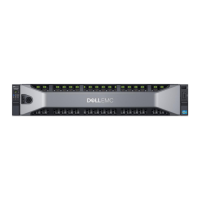
